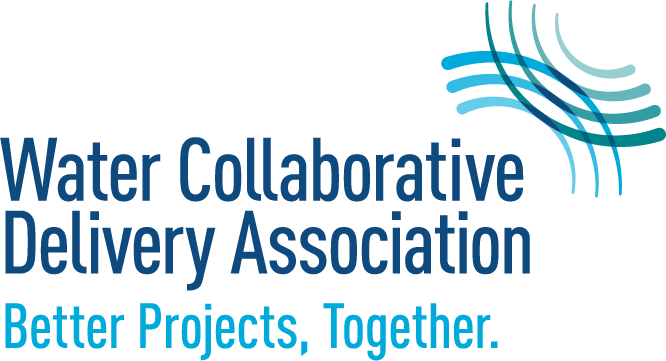Blog

Best Practices for Accelerating a Design-Build Project Schedule
Compared to the traditional design-bid-build method, design-build delivery can accelerate design and construction schedules by 20% to 30%. Many cities and counties have implemented new fast-tracked permitting review processes to reduce the turnaround time for issuing permits, which are critical to maintaining the construction schedule.

Operating the Water Resource Recovery Facility: It’s a Business
A growing number of utility managers and influencers in the wastewater sector are transitioning to an operating model that mirrors private industry. One of the leading reasons for this shift is the fact that major infrastructure has not received the investment needed to keep pace with a changing economy and environment, let alone innovations in technology. To bridge the gap between their current operations and this new model, utilities are frequently turning to progressive-design build.
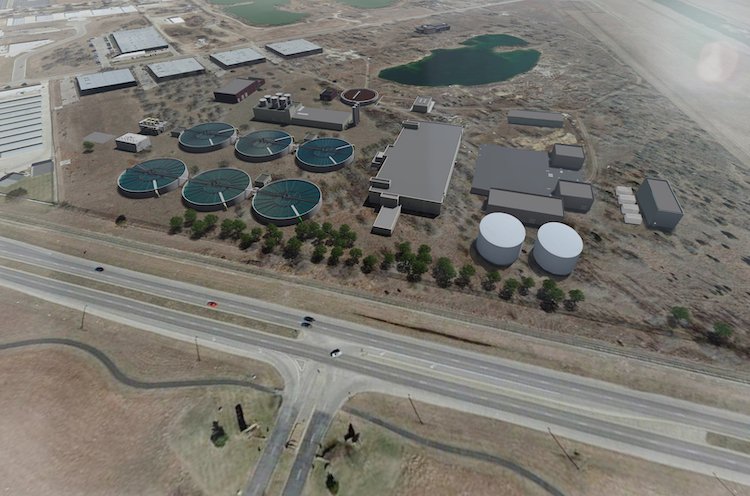
Owner Advisors Help You Keep Control of Your Collaborative Delivery Project
With a rise in use of collaborative delivery, owners have begun finding ways to make the process easier and reduce stressful oversight on their end. Collaborative delivery methods are often complex with multiple contractors and moving pieces as part of the day-to-day tasks. Because of this complexity, owners may be hesitant to transition from design-bid-build given their unfamiliarity. That’s where an owner advisor comes in.

Design-Build Construction During a Pandemic
The COVID-19 pandemic has caused worldwide chaos, economic devastation, human loss, and widespread suffering for millions of people around the world. In spite of these challenges, progress must continue on design-build projects. This is especially important for critical infrastructure such as water/wastewater systems, transportation networks, and building construction. Managing design-build projects during a pandemic presents unique challenges and valuable lessons have been learned in the past few months of the “new normal.”

Progress on a Progressive DB – Upgrading Big Creek WRF
Located in Fulton County outside Atlanta, GA, lies a 24 mgd water reclamation facility known as Big Creek WRF. The facility has been an asset to Fulton County (owner) for over 50 years, treating flows from the ever-growing population and business expansion within the area. Its current treatment process is based on a traditional, activated sludge process discharging into the Chattahoochee River.
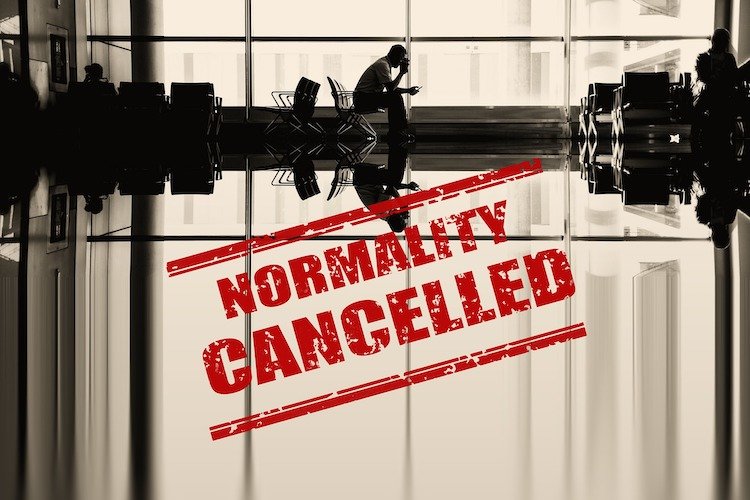
Keeping Your Projects Moving Forward When the World is Telling You to Stop
The world enters another month of the COVID-19 pandemic and we all slowly continue to figure out how to deal with it. “This new normal,” “in these uncertain times,” and wishing friends and colleagues to “stay safe” are the phrases of today. We use these now because they are necessary.
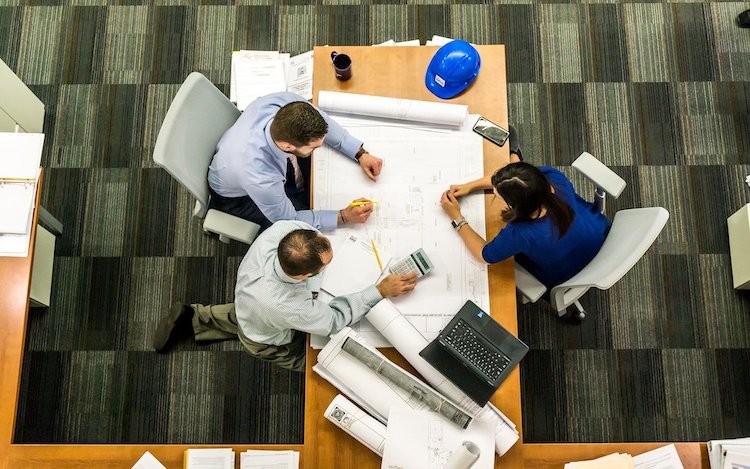
Utilizing a Risk Register to Manage the Construction Management at-Risk Change Order Process
The construction management at-risk (CMAR) delivery model requires contractors, engineers, and owners to think differently about how, why, and when change orders are executed. For the sake of this topic, we will assume that the owner has a separate and autonomous contract with the contractor and the engineer and the project is a guaranteed maximum price (GMP) arrangement for a collaborative delivery.

Extraordinary Times Call for Extraordinary Partnerships
In the wake of the coronavirus crisis, maintaining critical water and wastewater operations has never been more important. Yet, ensuring continuity of operations has never been more challenging, and it will require using every tool in the utility manager’s toolbox.
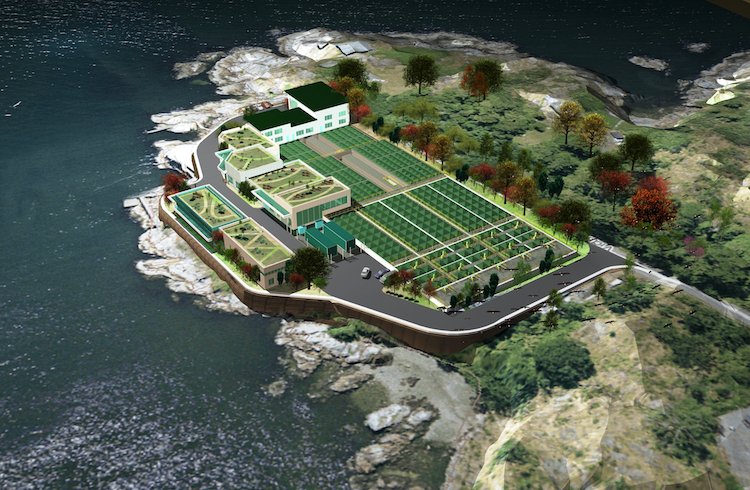
Is Your Water Project Shovel Ready for Government Stimulus Packages?
Collaborative Project Delivery (CPD) methods, such as design-build, progressive design-build, and construction management at-risk, can offer a means to deliver a project faster than traditional design-bid-build. CPD methods can offer significant overall schedule reduction since the contractor and engineer collaborate early in the project, instead of the contractor taking over the design to implement once completed. The type of delivery model selected has different contracting methods, risks, and potential control for the owner. CPD is not right for every project, but there are many projects where it can offer significant advantages.
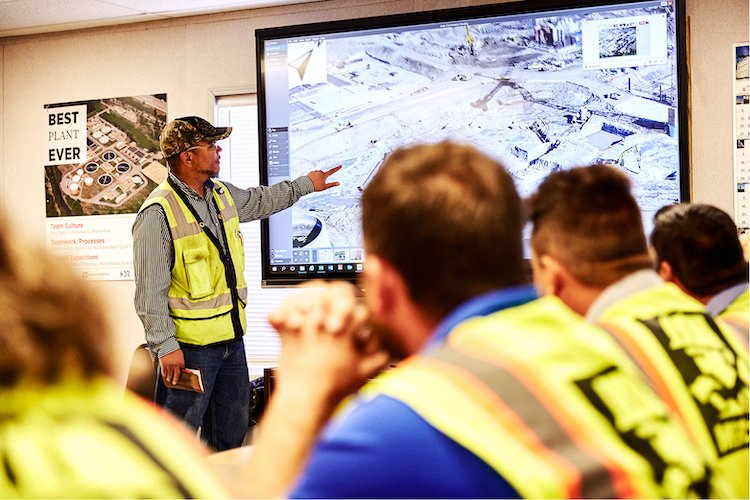
Why Should Water Collaborative Delivery Projects Have an Integrated Design Manager?
The idea of an integrated design management role for collaborative delivery projects is not a new one. For over 20 years, vertical commercial collaborative delivery projects have assigned an integrated design manager to drive seamless collaboration for overall project success. However, when describing this position in the water industry, the immediate response is, “What is an integrated design manager?”
